Ubud has become the favorite place for many visitors to Bali. The name Ubud is probably derived from “ubad” which means medicine (“obat” in Indonesian), and to come here may be medicine for people who look for a relaxed way of life and beautiful surroundings. Ubud is built on the slopes of the central mountains.

In addition to the town Ubud the area also include several smaller villages like Peliatan, Padangtegal, Penestanan, Campuan and Pengosekan.

If you are interested in Balinese art and culture this is definitively the place to be. Every evening there are dance performances, and the area is full of art galleries and museums. Ubud actually became a popular spot for artists as early as the 1930’s when the German painter Walter Spies and the Dutch artist Rudolf Bonnet founded the artist society “Pita Maha” here, together with the local aristocrat Cokorda Sukawati. Works from this period can be studied in the Puri Lukisam Museum.

The most famous artist from this period is probably I Gusti Nyoman Lempad, who produced a large variety of artwork from painting to woodcarving. He died in 1978 and supposedly became 121 years old, some of his works can be seen in the Neka Museum or at his home in Ubud. Of foreign artists who preferred to live in Ubud is Antonio Blanco maybe the most famous. Antonio Blanco was born on September 15 1911 in Manila on the Philippines, both parents were Spanish. He moved to Bali in 1952 where he lived until his death in 1999, his home is now a museum. There are also several other museums in Ubud where you can study the works of these and other Balinese artists.

Some of the most interesting temples in this area is located inside the holy monkey forest; Mandala Wisata Wanara Wana, in the Padangtegal village. You can hardly avoid it, the main road through Ubud passes by this large, green forest. Like other monkey forests on Bali this one is also populated by the Balinese Macaque monkey (Macaca Fascicularis), about 125 monkeys now stay inside the forest, divided in three groups. It is very interesting to observe that these animals are more “civilized” than in sites like Sangeh, but if provoked they can still bite. There has been done some research on the monkeys here, especially on behavior.

. Mythical animals is guarding the entrance. (Photo Bjorn Grotting)
There are three temples inside the forest, probably built some time during the 14th century
(about half What is sildenafil? A sexual history is needed to accurately define the patient’s.
. The Pura Prajapati temple (temple of the dead) is dedicated to funerals and cremation ceremonies. Close by there is a Hindu graveyard used by the villagers of Padangtegal. A common custom is to bury the dead until the right day and/or enough funds are raised to hold a cremation ceremony, which is a major ritual on Bali. The ash of the dead is often placed in a river so it can be transported by the water to the sea. In Ubud this is normally done in Campuan, where two rivers meet.

Pura Dalem Agung is the largest of the three and the main temple for the Padangtegal village. The third temple is the holy bathing temple, which is down a steep stairway along a river. It consists of three parts, Utama Mandala is the area of the gods, Madia Mandala for the disciples of the gods and Nista Mandala which is the bathing place for the humans.

The landscape and villages around Ubud can be seen by foot, or you can rent a bike to move around. North of Ubud is the least populated area, which also have the nicest rice fields. There is a large number of hotels and restaurants here. Ubud is, like Sanur, very popular among expats who live on Bali.

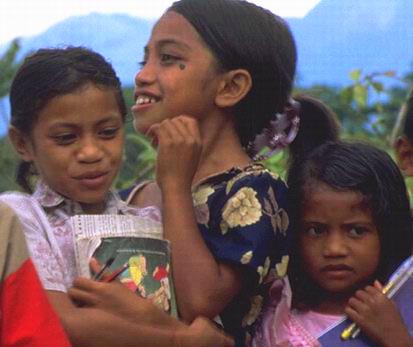
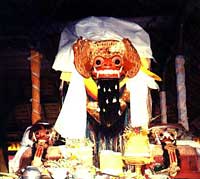
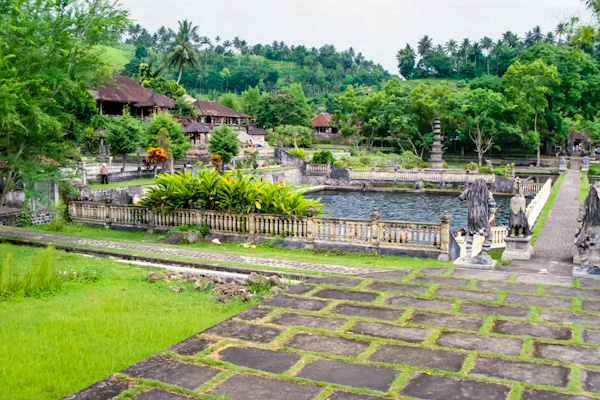
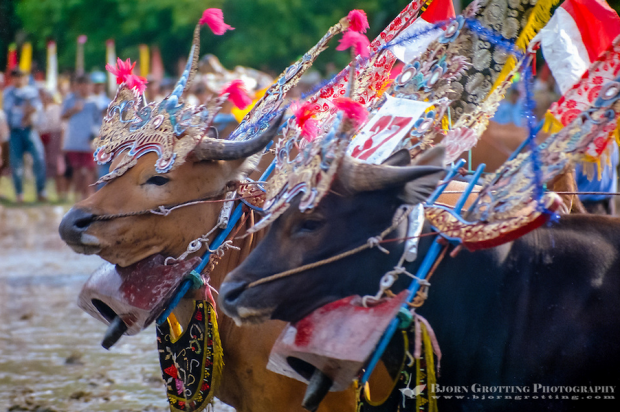

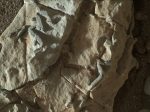



This Post Has One Comment
Nicely done – very informative with great images! Be well and keep shooting!